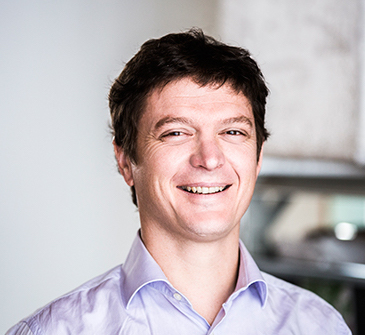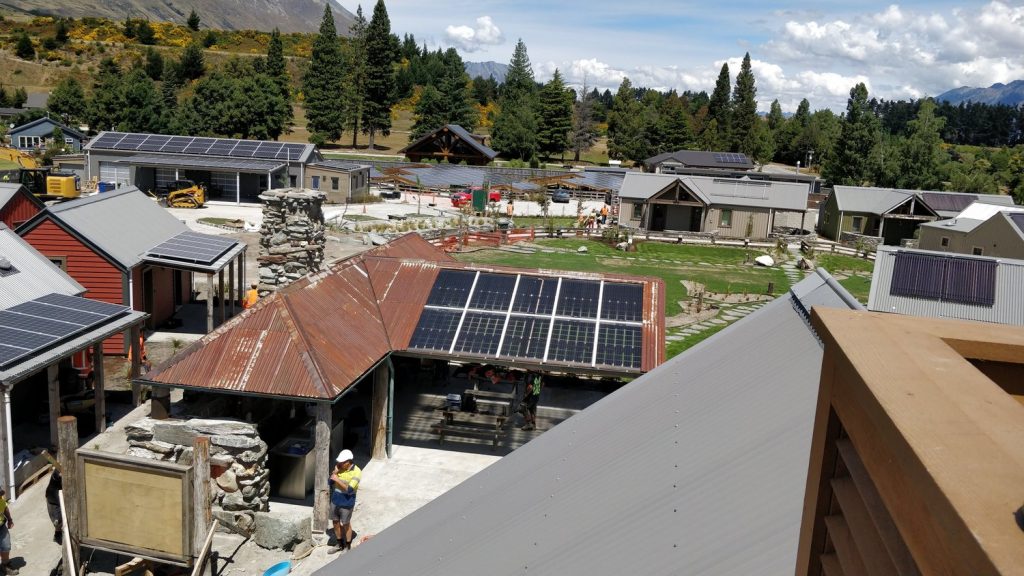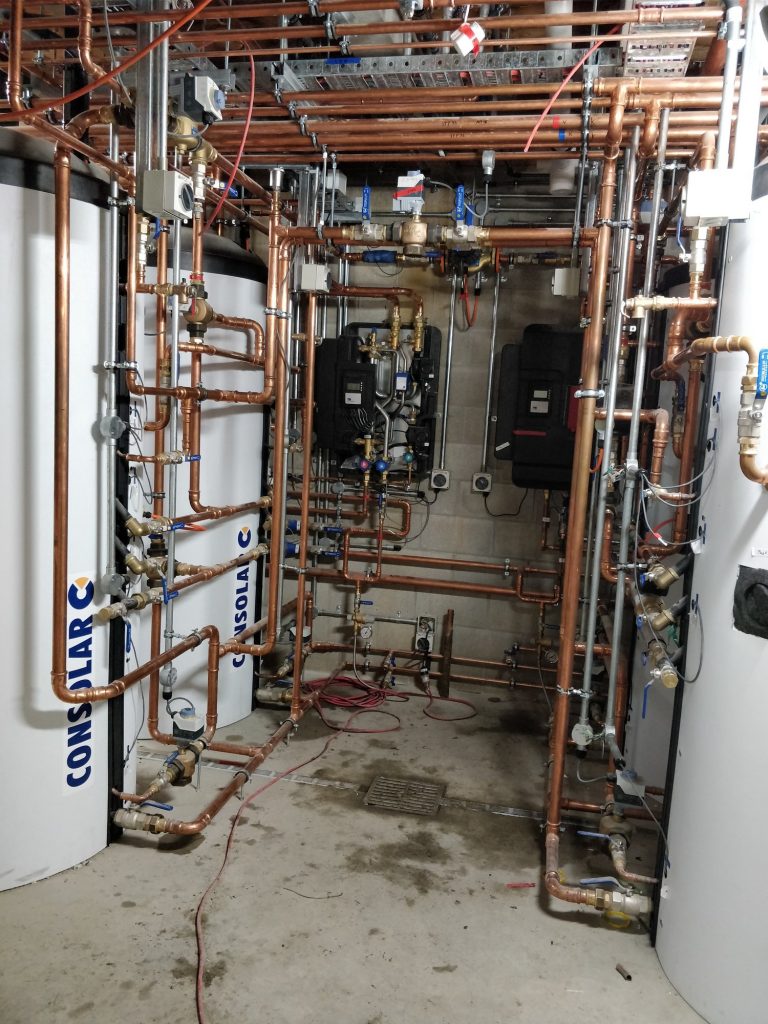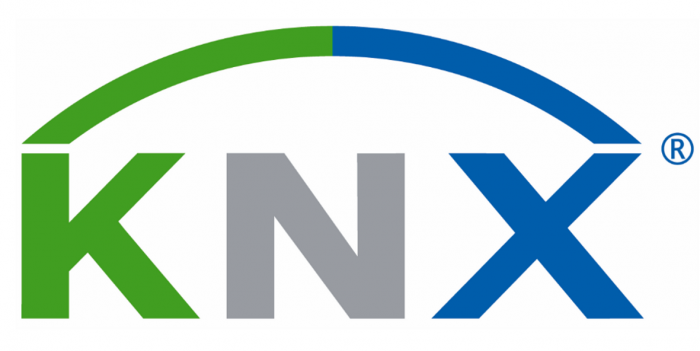Podcast: Play in new window | Download | Embed
Jo Woods and Shay Brazier have been saving money on power since they moved into their Zero Energy House. At the same time, their home has been drier, healthier and warmer in winter than most New Zealand houses.

Seven years on, Shay says there are now even more building products available. Solar panels are much cheaper and even battery technology is becoming affordable. Combined with lower mortgage rates, it’s becoming easier and easier for people to afford very energy-efficient homes.
Shay explained that the savings from their solar panels alone were worth it right from the first year. They saved more money on power than the additional cost on their mortgage to purchase the solar panels.
Now Shay is continuing to help others achieve similar savings and benefits by looking into the feasibility of solar and energy efficiency technologies for building products.
Technology and Story Telling
During their Zero Energy House building project, Jo and Shay team up with Matt Fordham to promote the technology they were using and to share the learning. They wanted to help others achieve similar results of comfort and energy efficiency. Jo and Shay had the technical input, while Matt provided the marketing and storytelling. This led to Evident, a company that was focussed on sharing the lessons of leading-edge building projects.
Revolve Energy
In 2018, Shay and Matt individually launched their own separate companies in order to pursue new opportunities in their own specialist fields. Matt has recently launched Sust – a platform for showcasing sustainable building projects along with the people and products that made them. Meanwhile, Shay has created the consultancy business Revolve Energy to service the growing demand for integrating energy generation, storage and efficiency into construction projects.
Shared Resources
Through Revolve Energy, Shay is focussing on trying to get energy systems into the market, at scale. He says there’s a lot of scope particularly for multi-unit residential ‘mini-grids’. Centralised hot water heating, single photovoltaic systems, and shared batteries and EV charging are examples of where multiple household units can benefit from shared systems at a single, large building scale.
One obvious advantage is the price. Larger, integrated systems can potentially offer much better value for money per unit of energy output, thus making energy generation, storage and efficiency much more affordable for individual households.
Another advantage of mid-scale systems is resilience. The system can be designed to carry on operating when the rest of the grid fails, such as in a power cut.
Further to this, Shay is even working on some options where mini-grids and localised storage can be utilised to help support the local grid if and when there’s a disruption to the power supply. This is obviously of great interest to utility companies.
Impressive Projects
Camp Glenorchy was one of Revolve Energy’s first big projects. For more about this impressive project, check out episode 175 with Tricia Love. Camp Glenorchy has won multiple awards including Best NZ Commercial KNX project 2018, the SEANZ Dave Keppel Innovation Award 2019 and has been listed as one of Time Magazine’s 100 best places to stay. As Shay puts it, it’s incredibly holistic and very aspirational, as well as being an amazing place to stay.

Shay’s work at Glenorchy involved calculating the optimum size of the solar arrays and battery storage. He also worked on integrating the control systems for the accommodation. This included everything from electricity and hot water consumption, temperature control and optimising the operation of the ground source heat pumps.

What’s Feasible?
Revolve Energy is now on hand to help with a range of energy consulting services including feasibility analysis, sizing and yield analysis, design, specification, construction supervision and system commissioning. Get in touch with Shay to find out how he can help with your next project.
KNX

Throughout this episode, Shay mentions KNX. This is a building control system protocol for lighting, security systems, audio systems, heating and conditioning and much more. It’s a standard way for electrical products to talk to each other and offers the benefit of a single interface for a variety of sensors and controllers. For more information, check out:

Leave a Reply